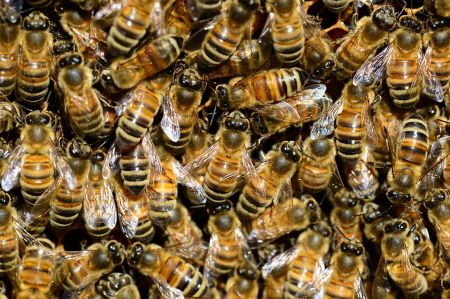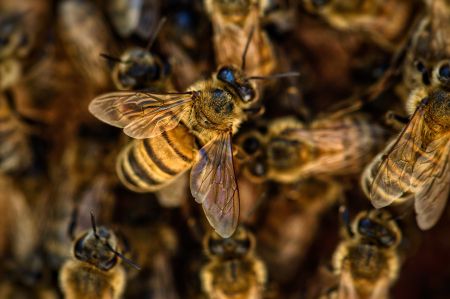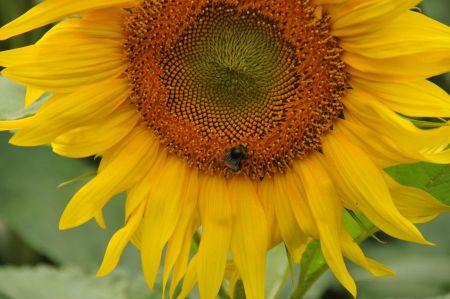The health-promoting spoonful of honey in the morning
- Written by Portal Editor
In our article about the trip to Barßel, we already talked about the great breakfast at Mariechen and Jochen's, which had one special feature: the obligatory spoonful of honey before the actual breakfast, which is only intended to keep the body healthy.
A process that the two of them regularly observe, even in the evening. Jochen, in particular, attaches great importance to knowing which beekeeper the honey comes from and what the overall quality of the honey is. The two are usually not satisfied with the pure department store quality and have chosen their "court supplier" over the years.
What makes honey so unique and healthy?

More than 200 ingredients determine the quality of the honey, which, however, can vary greatly in composition depending on the variety. And this is exactly where the choice of honey supplier is crucial. For humans, it is primarily the 27 to 44% fraction of fructose and the 22 to 41% fraction of glucose that are important in daily consumption. However, it is precisely the variety of other ingredients, such as other types of sugar, pollen, minerals, proteins, enzymes, amino acids, vitamins, coloring and flavorings, that make honey so particularly valuable.
Cave paintings of the Cuevas de la Araña near Valencia

Honey for antipyretic treatment
The main source of honey for bees is the nectar of flowering plants. With the help of their suction proboscis, bees can absorb the plant nectar or honeydew, enrich it with endogenous substances and thus change it in the body, then transport it to the beehive and store it in the honeycomb and let it mature.
Sign for the beekeeper that the honey is now ready to be harvested
Today, the enzymes added by the bee are known to the extent that the changes in the sugar spectrum and the formation of inhibins, which inhibit the growth of yeast and bacteria, have been recognized.
The water reduction alone in the bees' proboscis, which sucks in and lets out the nectar several times, thereby reducing the water content to 30 - 40%, is still a broad area of research.
This is done for the purpose of creating the largest possible surface area so that as much additional water as possible can evaporate quickly.
The bees even accelerate this process of evaporation by constantly fanning fresh air with their wings. In this way, the bees manage to reduce the water content to below 20%. Now the almost finished honey is moved to the storage cells above the brood nest and covered with an airtight layer of wax.
This is the sign for the beekeeper that the honey is now ready to be harvested.
Extraction of sugar from sugar beet greatly displaces honey
Exotic types of bees are known in Australia, Asia and America, which provide other high-quality honeys, which are still largely unknown in Europe and are therefore still considered specialties. In total, about 1,300,000 tons of honey are produced annually worldwide, with Asia being the main producer. Unfortunately, the industrial production of sugar from sugar beet has greatly displaced honey, and only today has honey returned to our food list as a healthy food.
A spoonful of honey every morning at the start of breakfast
Please also read:
